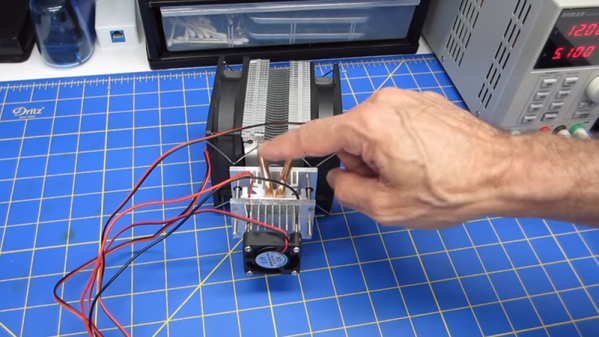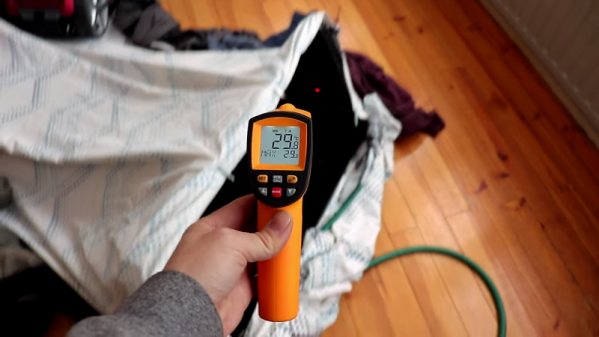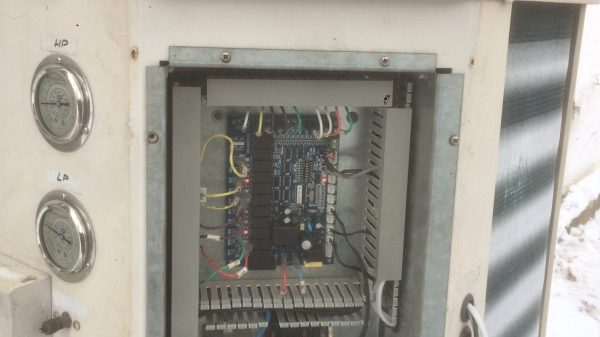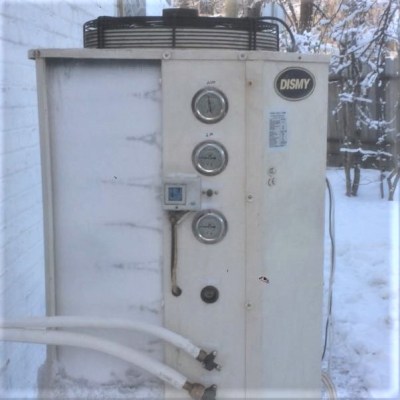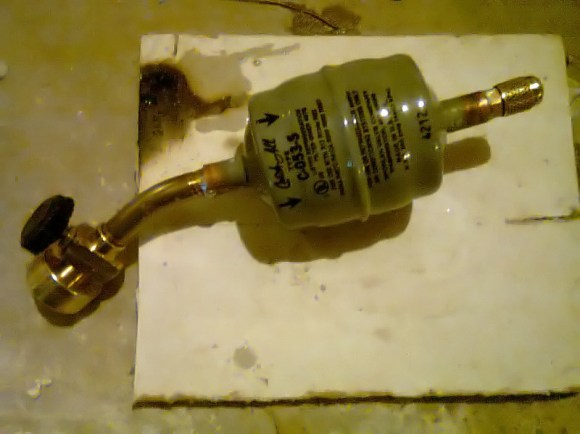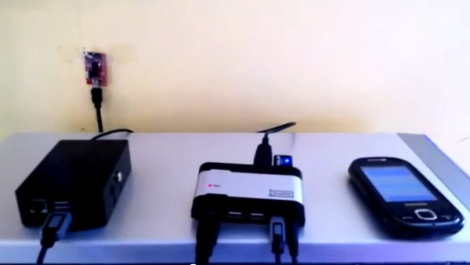The best type of power outage is no power outage, but they will inevitably happen. When they do, a hacker with a house full of stuff and a head full of ideas is often the person of the hour. Or the day, or perhaps the week, should the outage last long past the fun little adventure phase and become a nuisance or even an outright emergency.
Such was the position that [FFcossag] found himself in at the beginning of January, when a freak storm knocked out power to his community on a remote island in the middle of the Baltic Sea. [FFcossag] documented his attempts to survive the eight-day outage in vlog form, and although each entry is fairly long, there’s a lot to be learned from his ordeal. His main asset was a wood cook stove in the basement of the house, which served as his heat source. He used a car radiator and a small water pump to get some heat upstairs – a battery bank provided the power for that, at least for a while. The system evolved over the outage and became surprisingly good at keeping the upstairs warm.
The power eventually came back on, but to add insult to injury, almost as soon as it did, the ground-source heat pump in the house went on the fritz. A little sleuthing revealed an open power resistor in the heat pump control panel, but without a replacement on hand, [FFcossag] improvised. Parts from a 30-year-old TV transmitter were close at hand, including a nice handful of power resistors. A small parallel network gave the correct value and the heat pump came back online.
All in all, it was a long, cold week for [FFcossag], but he probably fared better than his neighbors. Want to be as prepared for your next outage? Check out [Jenny]’s comprehensive guide.
Continue reading “Adventures In Power Outage Hacking” →

